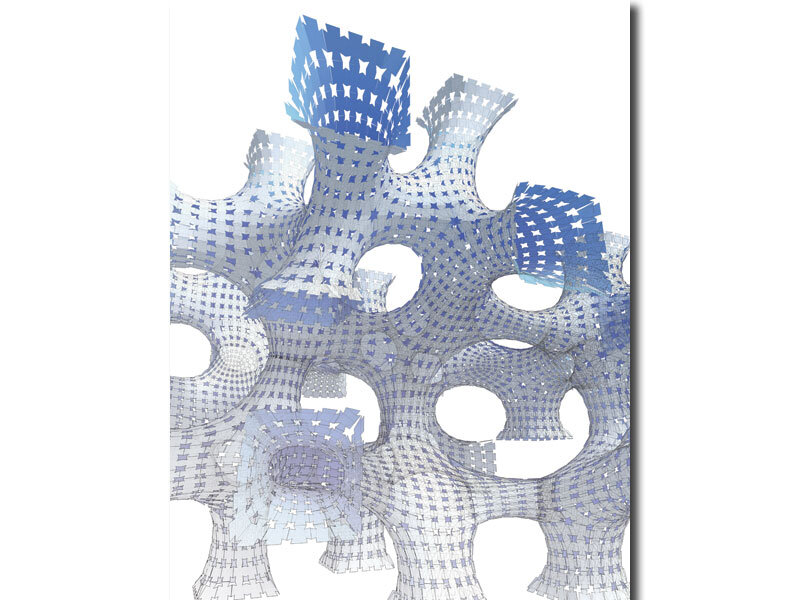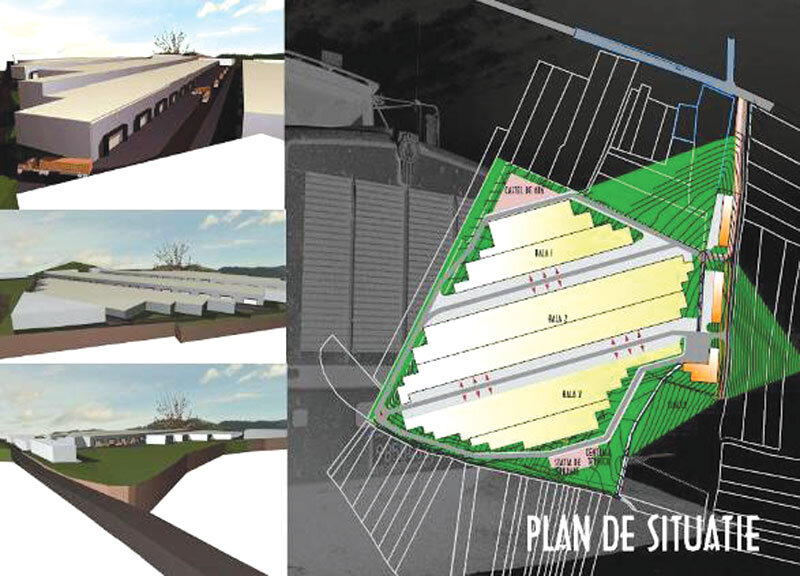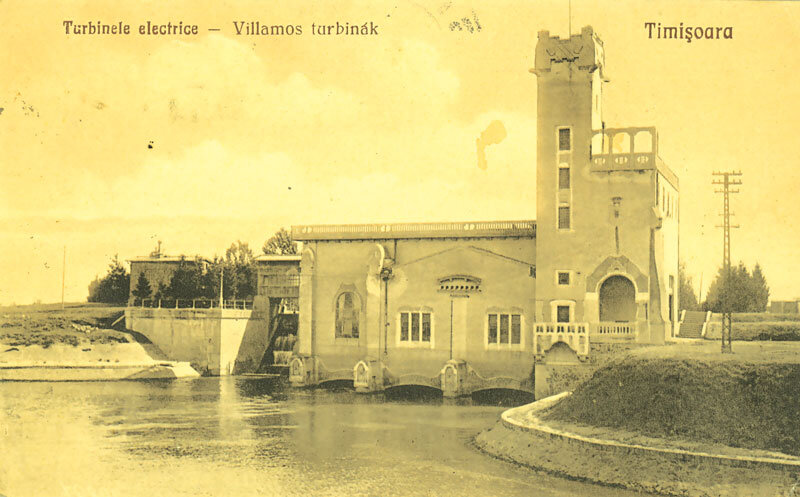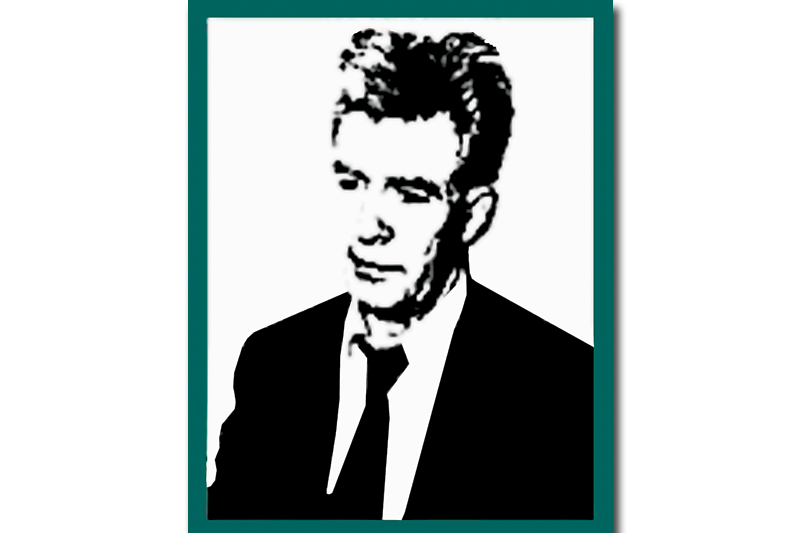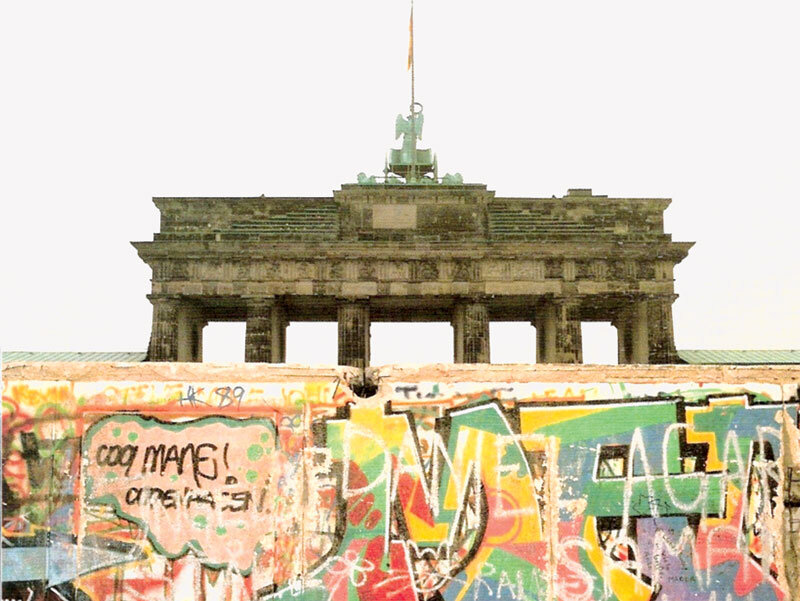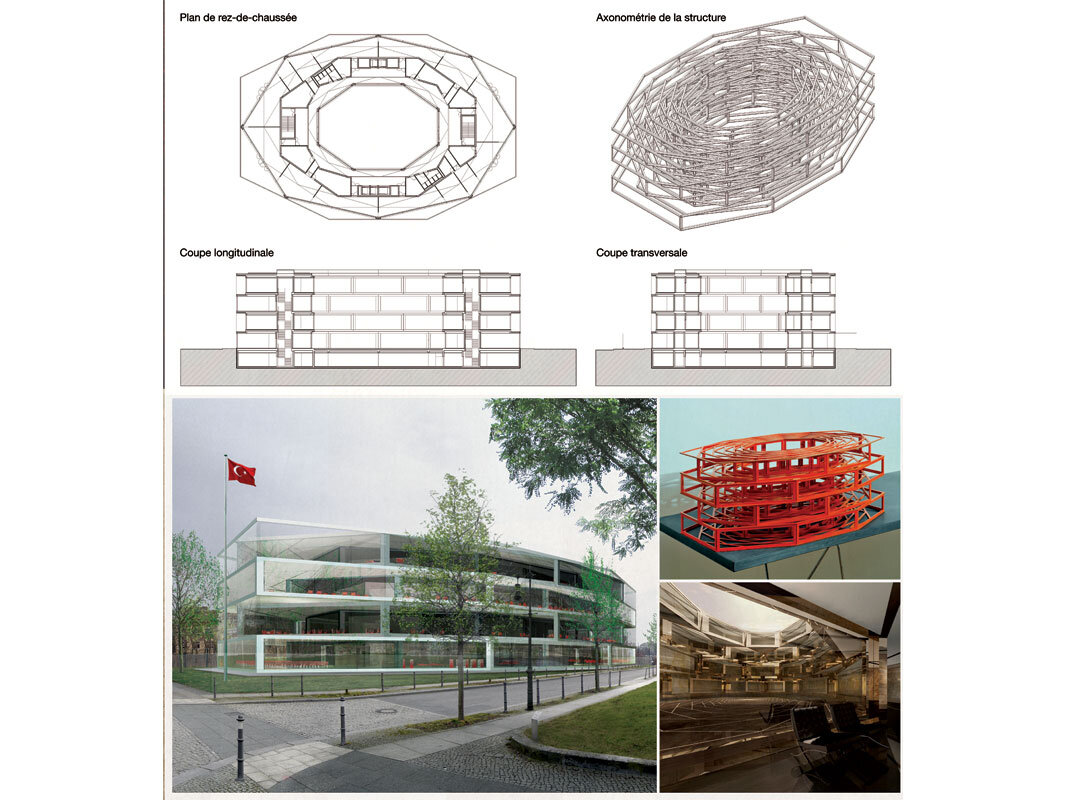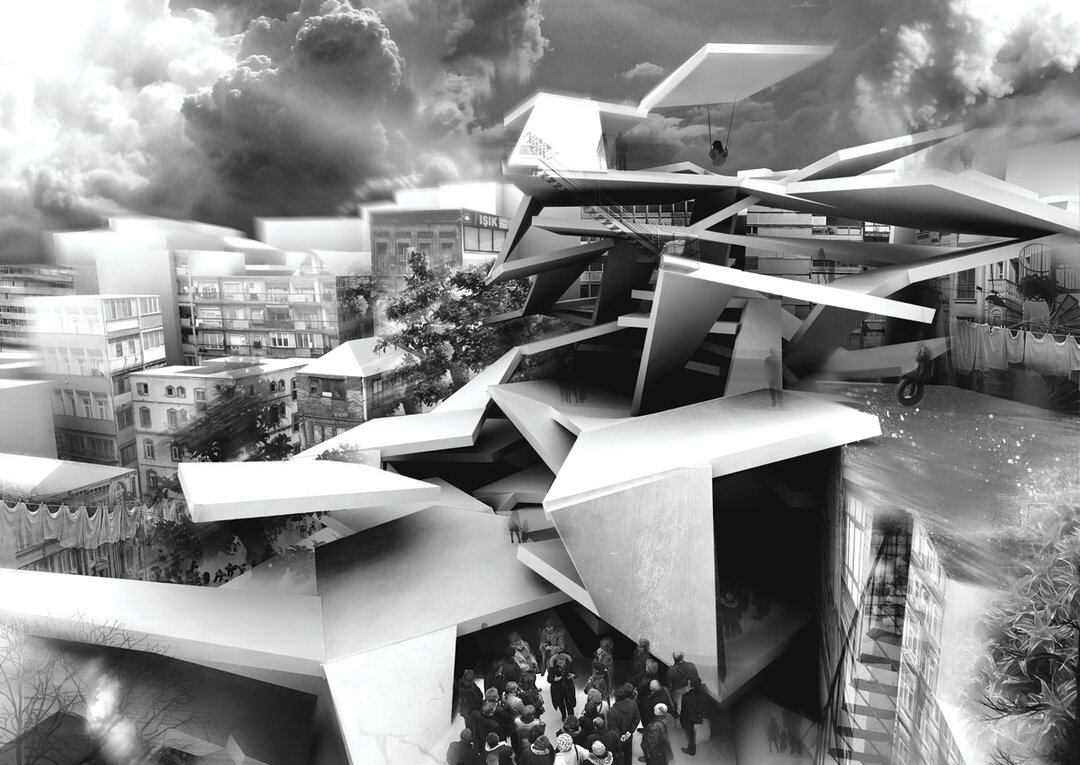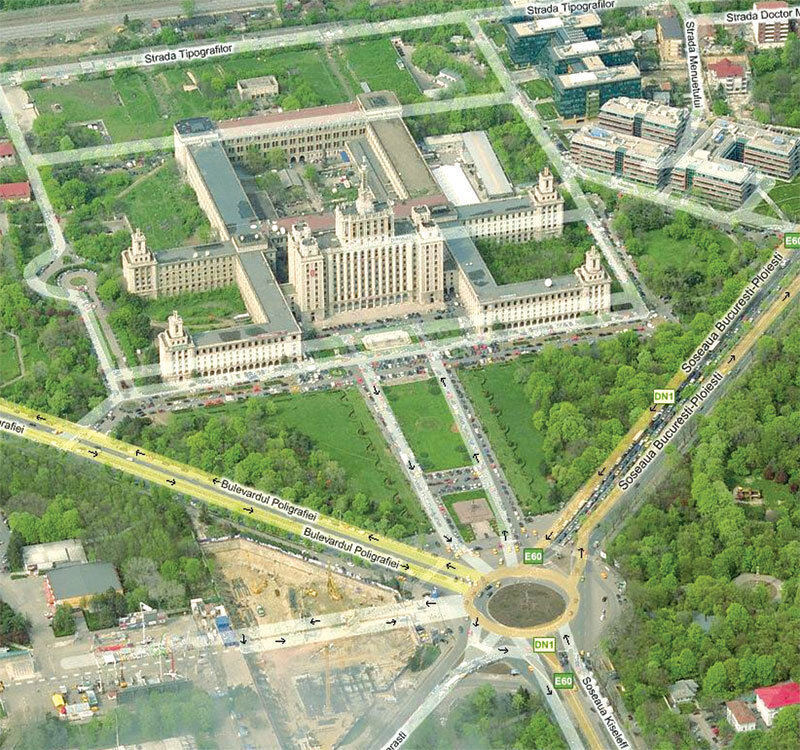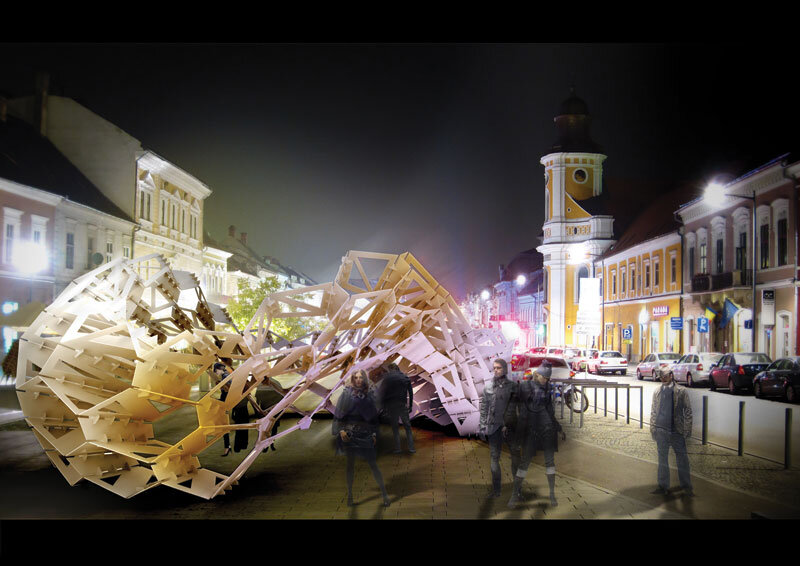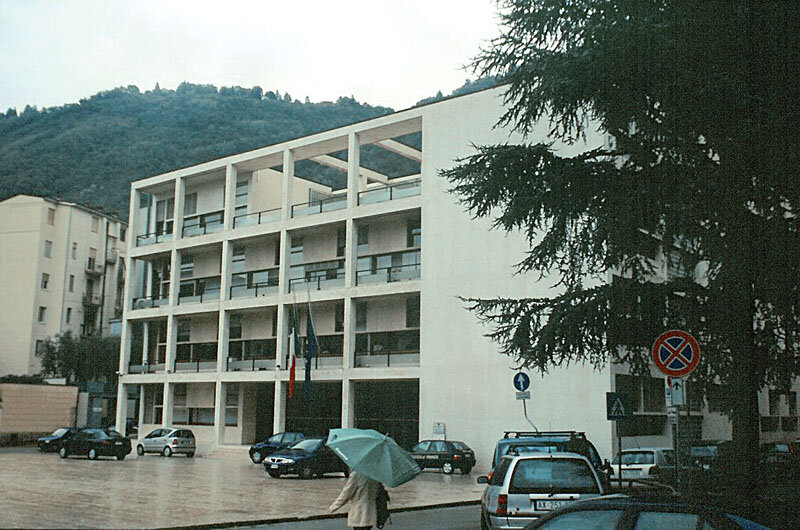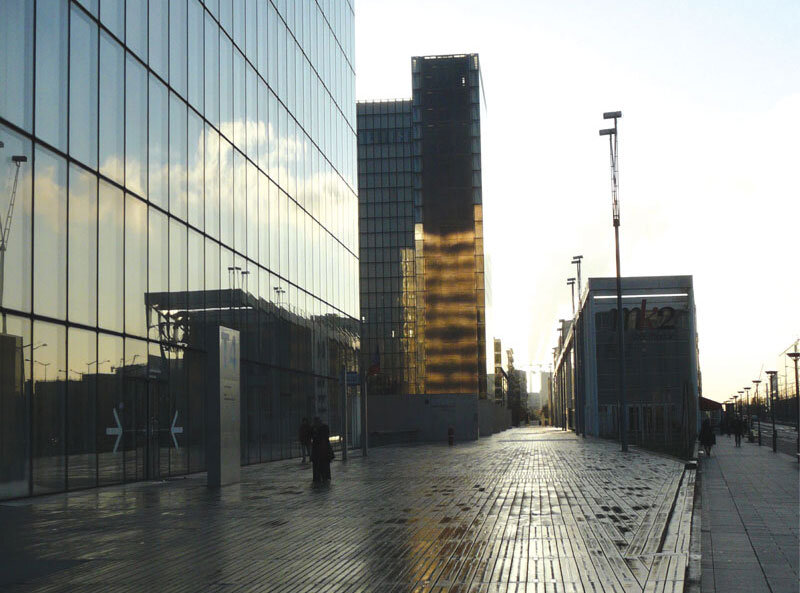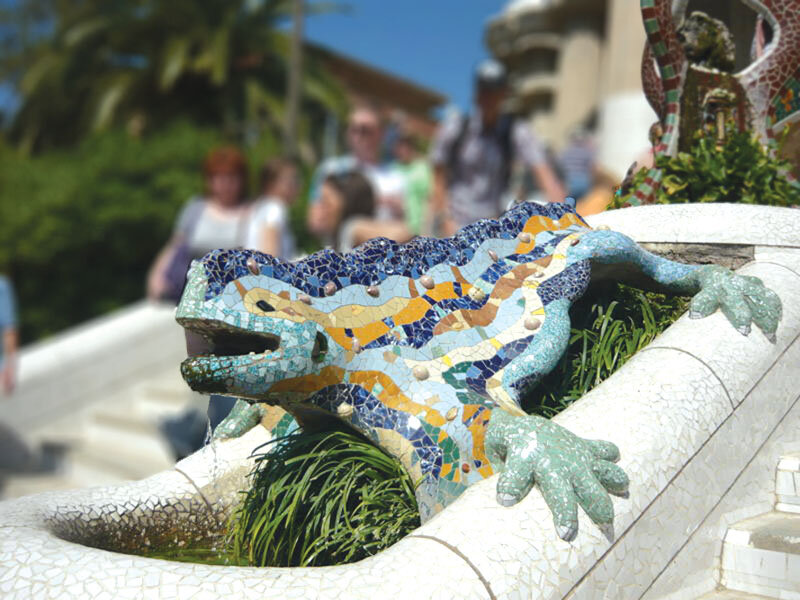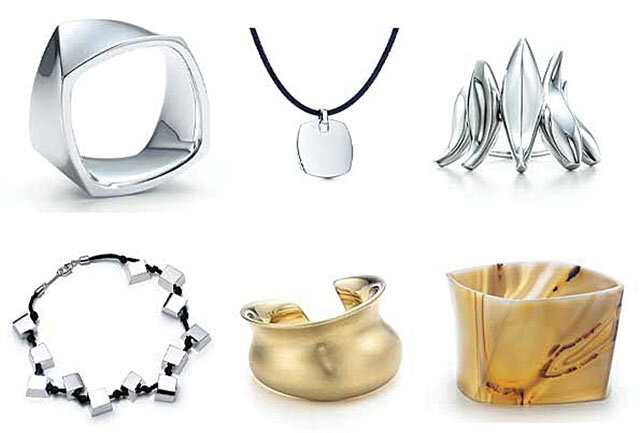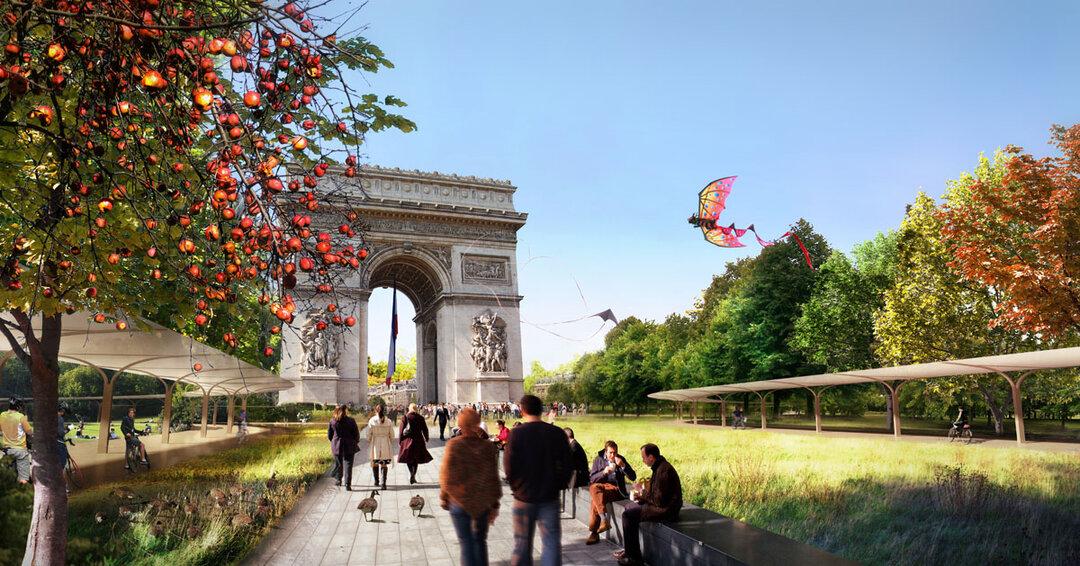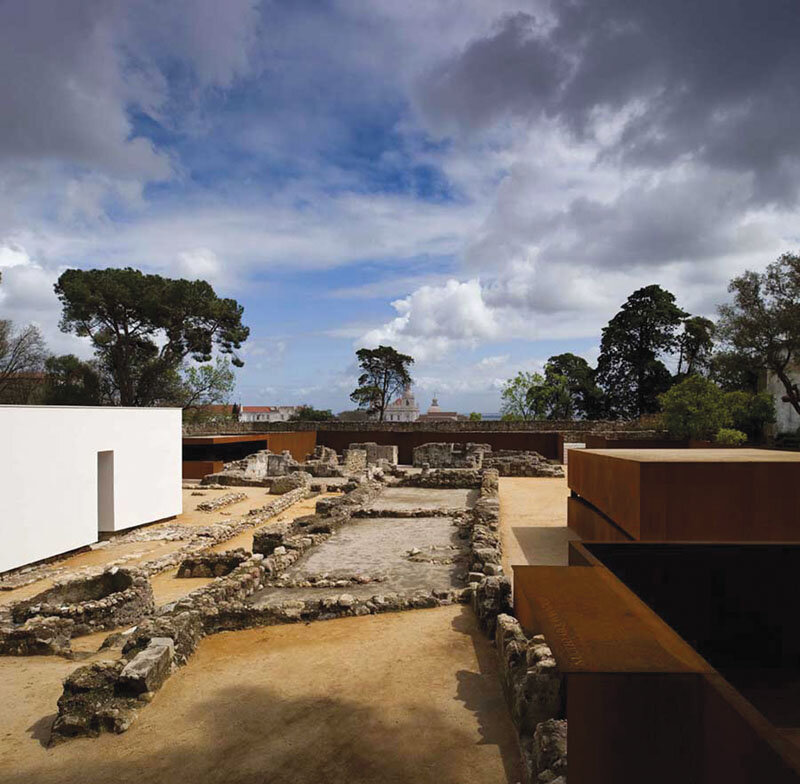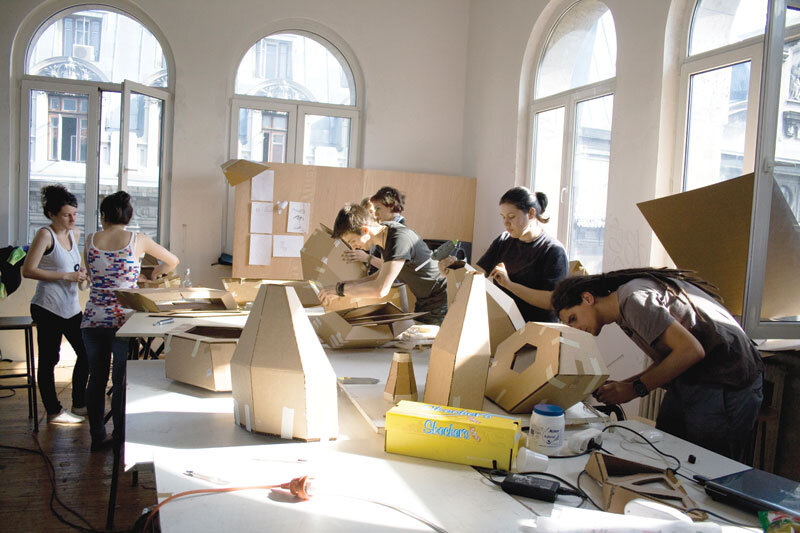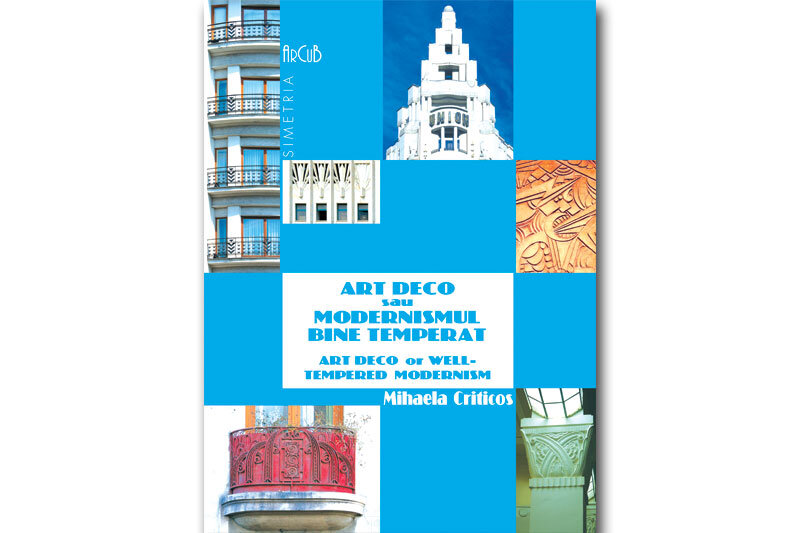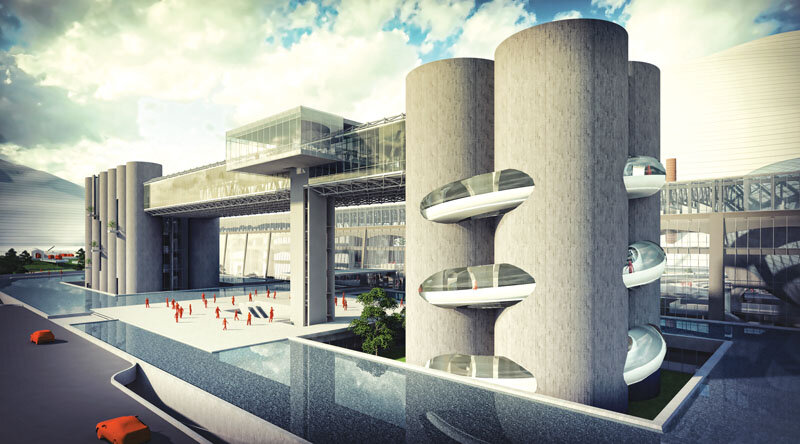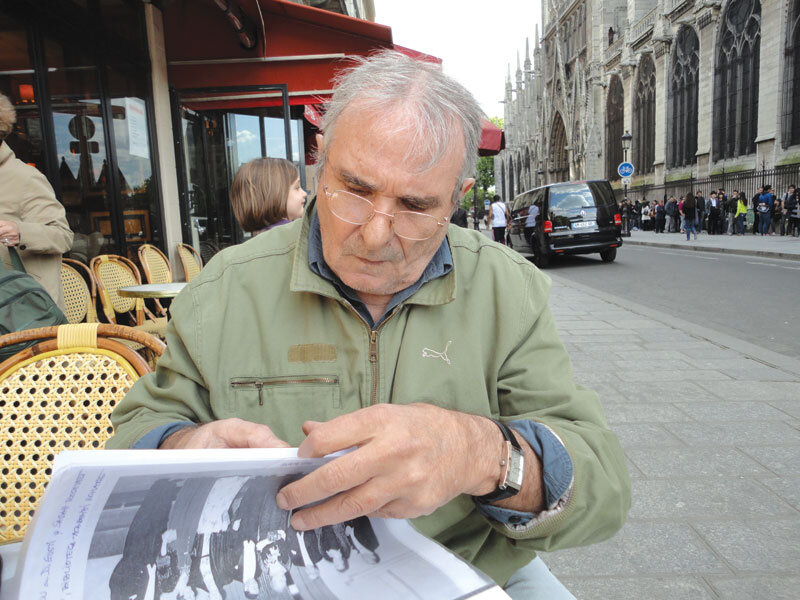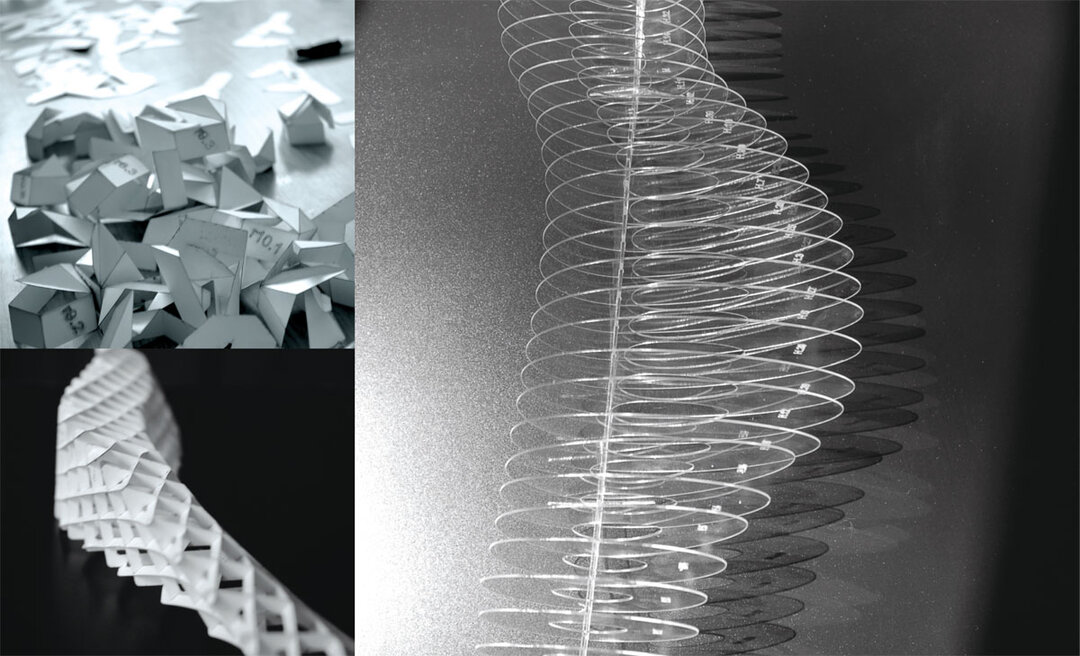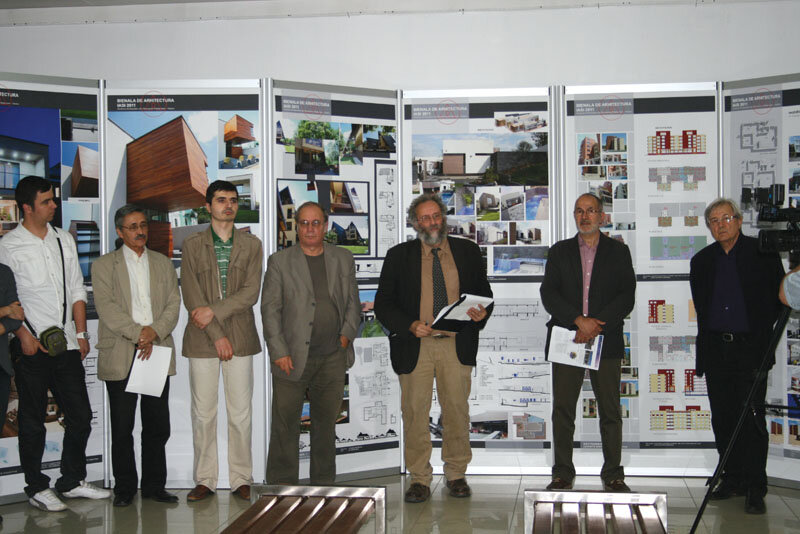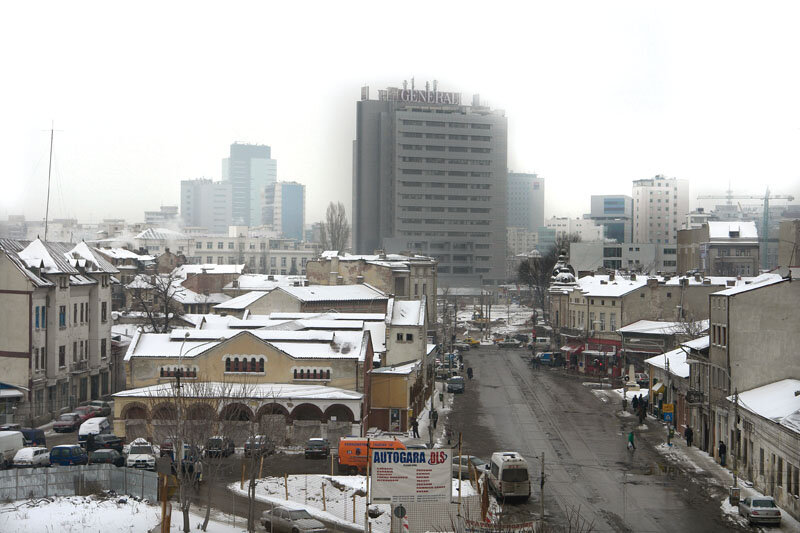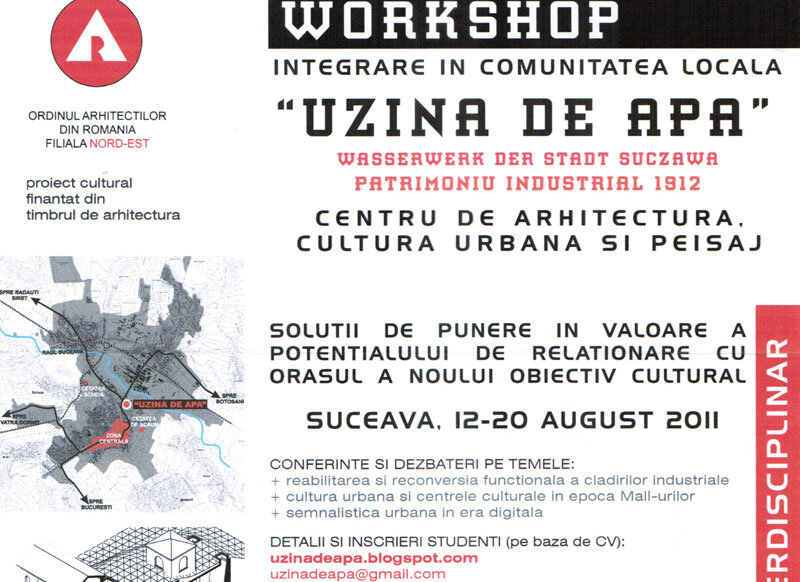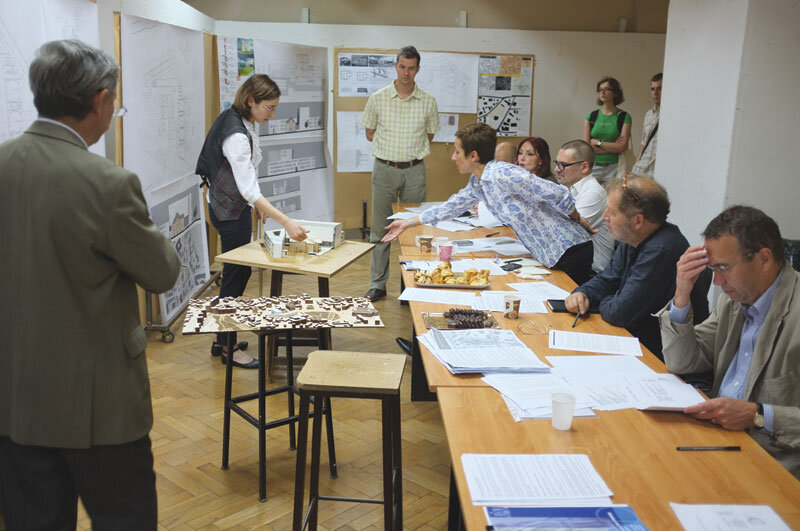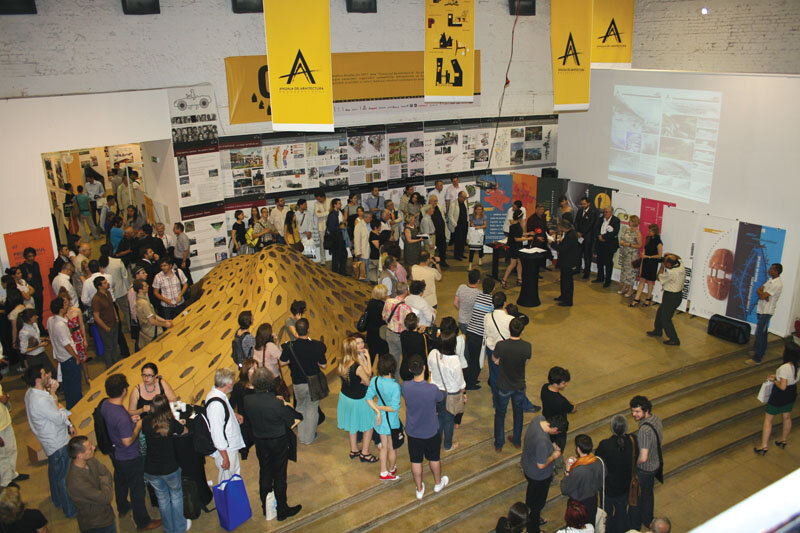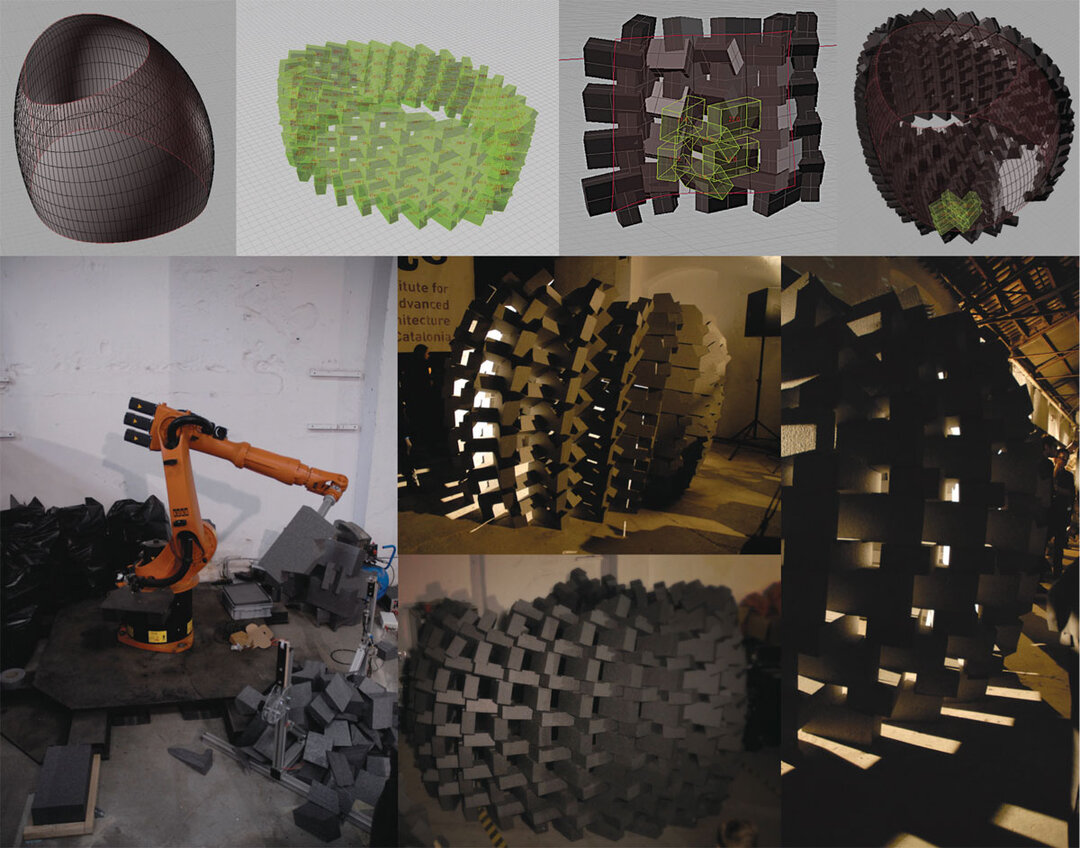
Digital manufacturing
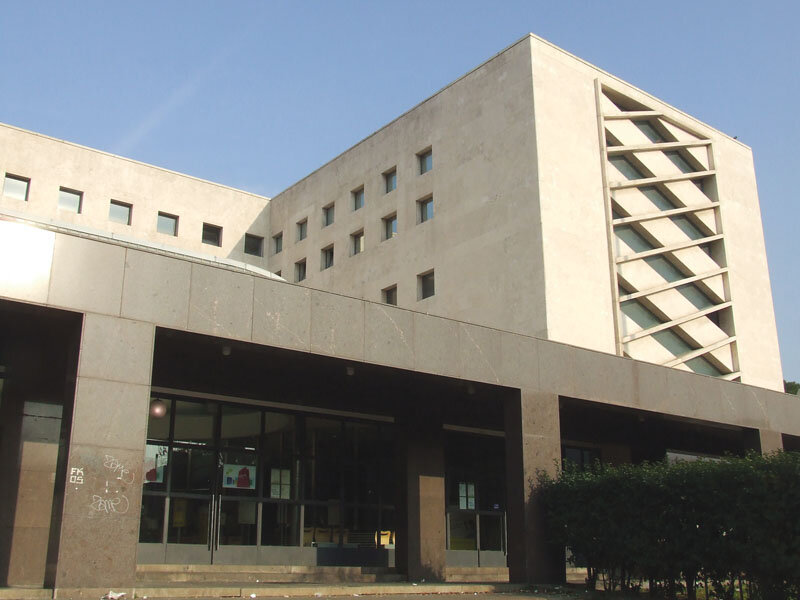

| Who does not know Giuseppe Terragni's Casa del Fascio in Como? It is included in the "Great Buildings" catalog, but not only there are 3D models of it, but also on Google Earth, and, of course, such models also appear in Sorin Vasilescu's book "The Architecture of Fascist Italy". It is the icon of the architecture of Fascist Italy. The architecture, specifically Italian, promoted among the five principles of the young Italian group of rational architecture, the so-called "Gruppo 7", different from Le Courbusier's, a contextual architecture (ambientismo) and a reflection of structure in configuration. The Casa del Fascio is typical of Fascist architecture not only in its adoption of the rational program, but also in its function and its interpretation, the use of glazed, transparent elements as much as possible: fenestration and the recently restored so-called "vetrocemento". And last but not least, in addition to the materials of modernist architecture - metal, glass and concrete - natural stone was also used, proof of the work's location on Italian soil, rich in this material. "The Architecture of Fascist Italy", by Sorin Vasilescu, with a preface by Răzvan Theodorescu, is the first book in the Arhitext series. The book is dedicated to the "students" of the professor, and, as a former student of his courses in the history of modern architecture, I dedicate this review to him. Read the full text in 3 / 2011 of Arhitectura Magazine. |
| Who doesn't know Casa del Fascio in Como by Giuseppe Terragni? It is included in the Great Buildings Catalog, and not only there exist 3D models of it, but also on Google Earth, and, evidently, such models appear also in the book by Sorin Vasilescu: "Architecture of Fascist Italy". It is the icon of architecture in fascist Italy. Not only the architecture, specific Italian, through giving up the principles of Le Corbusier and adopting, instead of them, those of the so-called "Gruppo 7", the group of seven young architects in the interwar time from Northern Italy, distancing itself from those of Le Corbusier, which promoted through, also five, different principles, a contextual architecture (ambientismo) and a reflection of the structure in configuration. Casa del Fascio is typical for fascist architecture not only through the adoption of the rational program, but mainly through its function, and through its interpretation, using as much as possible glassed, transparent elements: windows and the so-called "vetrocemento", recently restored. And, last but not least, side by side with materials of the modernist architecture metall, glass and concrete also natural stone was used, testimony of placing the work on Italian soil, rich in this material. "The Architecture of Fascist Italy" by Sorin Vasilescu, with a preface signed by Răzvan Theodorescu is the first book in the series of books Arhitext. The book is dedicated to the students of the professor, and, as former student in his courses on history of modern architecture, I offer this review. Read the full text in the print magazine. |

